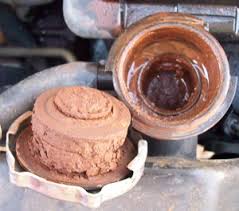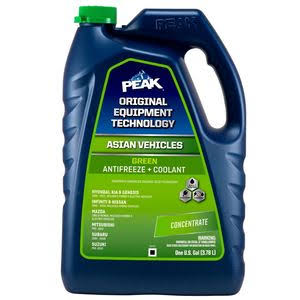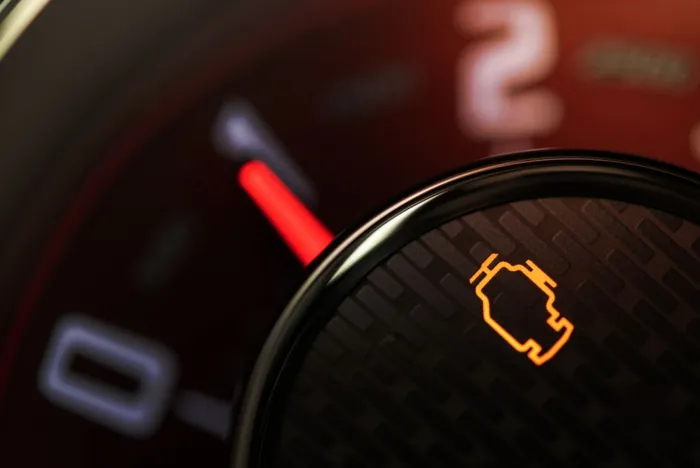Does Engine Coolant Go Bad?

Engine coolant, also known as antifreeze, is an essential fluid that regulates the temperature of your vehicle’s engine. It prevents overheating in summer and freezing in winter. But like most automotive fluids, you may wonder: Does engine coolant go bad?
In this article, we’ll explore how engine coolant can degrade over time, the signs that it’s gone bad, and how to ensure your car runs smoothly with proper coolant maintenance.
Can Engine Coolant Go Bad?
Yes, engine coolant can go bad over time. Although coolant is designed to last for extended periods, it is not immune to wear and chemical degradation. Over time, its properties can break down, leading to reduced effectiveness in protecting your engine.
Why Coolant Degrades
- Chemical Breakdown:
Coolant contains additives like rust inhibitors and anti-corrosion agents. These additives degrade over time, reducing the fluid’s ability to protect engine components. - Contamination:
Contaminants such as rust, oil, or debris can mix with the coolant, affecting its performance. - Exposure to Heat:
Repeated exposure to high engine temperatures accelerates the breakdown of coolant.
How Long Does Engine Coolant Last?
The lifespan of engine coolant depends on the type you use:
1. Traditional Green Coolant:
- Lifespan: 2-3 years or 30,000 miles
- Contains inorganic additives that degrade relatively quickly.
2. Extended-Life Coolant:
- Lifespan: 5 years or 100,000 miles
- Made with organic acid technology (OAT) that lasts longer.
3. Hybrid Coolant:
- Lifespan: 4-5 years or 60,000 miles
- A mix of traditional and extended-life technologies.
Check your vehicle’s owner manual for the recommended type and replacement interval.
Signs Your Engine Coolant Has Gone Bad
Bad coolant can lead to performance issues and potential engine damage. Watch for these signs:
1. Discolored Coolant
- Fresh coolant is typically green, orange, or yellow, depending on the type.
- If it appears rusty, brown, or murky, it’s time to replace it.
2. Loss of Effectiveness
- Over time, coolant loses its ability to regulate engine temperature, causing overheating or freezing issues.
3. Foul Odor
- Contaminated or degraded coolant may emit a sweet or burnt odor.
4. Corrosion or Scale Buildup
- Look for corrosion on engine components or white, chalky deposits in the radiator.
5. Low Coolant Levels
- Regularly check your coolant level. Frequent drops may indicate a leak or bad coolant.
Risks of Using Bad Coolant
Using degraded coolant can lead to several problems, including:
- Overheating:
- Bad coolant fails to transfer heat effectively, increasing the risk of engine overheating.
- Freezing:
- In cold weather, degraded coolant may not prevent freezing, potentially cracking the engine block.
- Corrosion:
- Without proper additives, the coolant can’t prevent rust and corrosion, damaging the radiator, water pump, and other parts.
- Reduced Engine Lifespan:
- Poor coolant quality leads to inefficiency and long-term damage to the engine and cooling system.
How to Check and Maintain Engine Coolant
1. Inspect Coolant Levels
- Check the coolant reservoir regularly to ensure it’s at the proper level.
2. Test Coolant Quality
- Use a coolant tester to check the freezing and boiling points.
- Check for discoloration or contamination.
3. Flush and Replace Coolant
- Perform a coolant flush according to your vehicle’s maintenance schedule.
- Refill with the recommended type of coolant.
4. Watch for Leaks
- Inspect hoses, the radiator, and the water pump for leaks or damage.
FAQs
1. Does Coolant Go Bad If Unused?
Yes, even unused coolant can degrade if it’s stored for too long or improperly. Always check the expiration date on the bottle.
2. Can I Mix Old Coolant with New Coolant?
It’s best not to mix old and new coolant. Doing so can dilute the effectiveness of the new coolant and introduce contaminants.
3. What Happens If I Don’t Change My Coolant?
Failing to change your coolant can lead to overheating, corrosion, and costly engine repairs.
4. How Often Should I Flush My Coolant?
Flush your coolant every 2-5 years, depending on the type and your vehicle manufacturer’s recommendations.
5. Can Bad Coolant Damage the Radiator?
Yes, degraded coolant can cause corrosion and blockages in the radiator, reducing its efficiency and lifespan.
Conclusion
Engine coolant is a vital component of your vehicle’s cooling system, but it does go bad over time. Regular maintenance, such as inspecting coolant levels, testing its quality, and performing timely flushes, can prevent problems and keep your engine running smoothly.
By staying proactive, you can avoid issues like overheating, freezing, and corrosion, ensuring your vehicle performs reliably in all seasons. Always follow your car manufacturer’s guidelines for coolant care and replacement.






One Comment